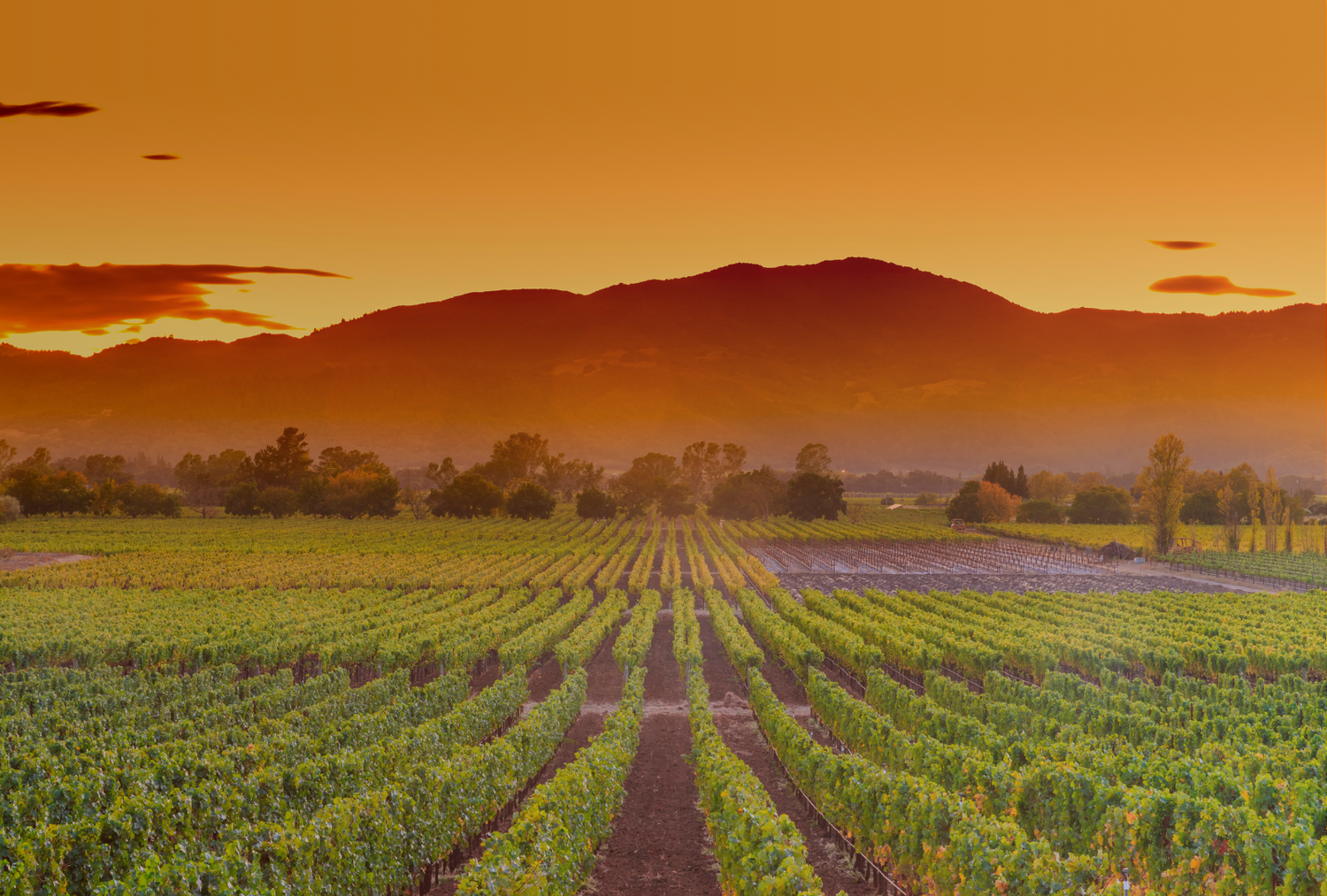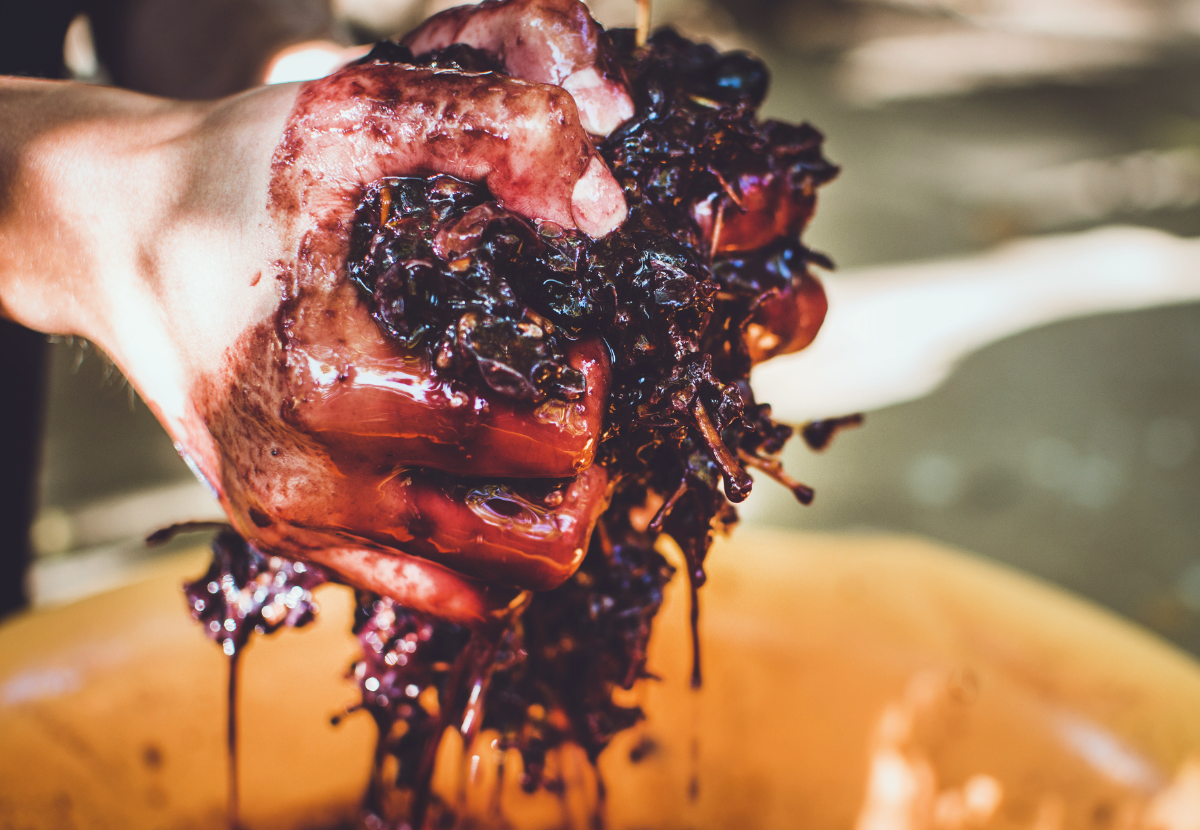Introduction
As the global climate shifts, the wine industry is facing unprecedented challenges. Winemaking, which has always been deeply intertwined with nature, is particularly sensitive to changes in temperature, precipitation patterns, and extreme weather events. From earlier harvests to shifting grape-growing regions, climate change is rewriting the rules of viticulture. In response, wineries around the world are adapting in innovative ways to ensure that future generations can continue to enjoy the fruits of their labor. This post explores how climate change is affecting winemaking and the strategies wineries are using to adapt to this new reality.

The Effects of Climate Change on Winemaking
Grapes are highly sensitive to even slight variations in climate, which means that rising temperatures and changing weather patterns have a profound impact on their growth and quality. Some of the most noticeable effects include:
-
Rising Temperatures: Higher temperatures cause grapes to ripen faster, which can lead to wines with higher sugar levels, more alcohol, and less acidity. This shift can alter the flavor balance, making some wines taste overly ripe or uncharacteristic of their varietal.
-
Changing Precipitation Patterns: Inconsistent rainfall—either too much or too little—can damage vineyards. Droughts stress the vines, affecting the yield and quality of the grapes, while excessive rain increases the risk of disease and dilution of grape flavors.
-
Extreme Weather Events: Wineries are increasingly facing hailstorms, frost, wildfires, and floods. These extreme events can devastate entire crops in a single season, leaving wineries vulnerable.
-
Shifting Wine Regions: Warmer temperatures are pushing traditional wine-growing regions into cooler climates. Areas that were once too cold for winemaking, such as northern Europe and higher elevations, are now emerging as new wine-producing regions.
Wineries' Adaptation Strategies
While the challenges are significant, winemakers are finding creative solutions to adapt to climate change, ensuring that quality wine production continues.
1. Varietal Changes
One of the most direct ways winemakers are adapting is by planting grape varieties that are more resilient to heat and drought. For example:
- Southern French Varieties like Grenache and Mourvèdre, which thrive in hot, dry conditions, are being planted in traditionally cooler regions like Burgundy and Germany.
- In some cases, wineries are experimenting with lesser-known, heat-resistant grapes, such as Assyrtiko from Greece or Nero d’Avola from Sicily, which can handle extreme temperatures without losing their essential character.
2. Innovative Farming Techniques
Sustainable viticulture practices are becoming a cornerstone of climate adaptation. These techniques aim to minimize environmental impact while maintaining high-quality grape production:
- Cover Cropping: Planting cover crops between vine rows helps retain moisture, reduce soil erosion, and encourage biodiversity.
- Shade Management: Installing shade cloths and adjusting vine canopies protect grapes from sunburn during intense heat.
- Dry Farming: In regions facing water scarcity, some wineries are turning to dry farming methods, where vines are cultivated without irrigation, forcing them to develop deeper root systems that tap into underground water sources.
3. Investment in Technology
Advanced technologies are giving winemakers more control and insight into how they manage their vineyards and respond to climate shifts:
- Precision Viticulture: Using drones, satellite imagery, and sensor technology, winemakers can monitor their vineyards in real time, assessing water needs, identifying stressed vines, and predicting harvest times with greater accuracy.
- Climate Data Modeling: Some wineries are using climate models to predict future conditions and make long-term decisions about vineyard management and grape selection.
- Irrigation Systems: Water-efficient irrigation systems, including drip irrigation and rainwater harvesting, help conserve precious resources in drought-prone areas.
The Future of Winemaking in a Warming World
Looking ahead, the future of winemaking may involve a combination of adaptation and innovation. As global temperatures continue to rise, regions that have historically produced world-class wines may need to embrace new grape varieties, rethink their farming practices, or even relocate their vineyards to cooler climates. Simultaneously, emerging wine regions in cooler areas, such as Canada, the UK, and even parts of Scandinavia, may become increasingly important players in the wine industry.
Consumers are also likely to see more wines labeled as "climate-friendly" or "sustainably produced" as wineries strive to meet the growing demand for environmentally responsible products. This shift toward sustainability isn’t just a trend—it’s essential for the long-term survival of the wine industry in a changing world.
Conclusion
The wine industry is at a critical crossroads as it faces the growing impact of climate change. However, by embracing innovation, sustainable practices, and resilient grape varieties, wineries are proving that they can adapt and thrive in this new reality. As consumers, we can support these efforts by choosing wines from producers committed to sustainability and climate resilience. Together, we can ensure that the future of wine remains as vibrant and diverse as ever.




